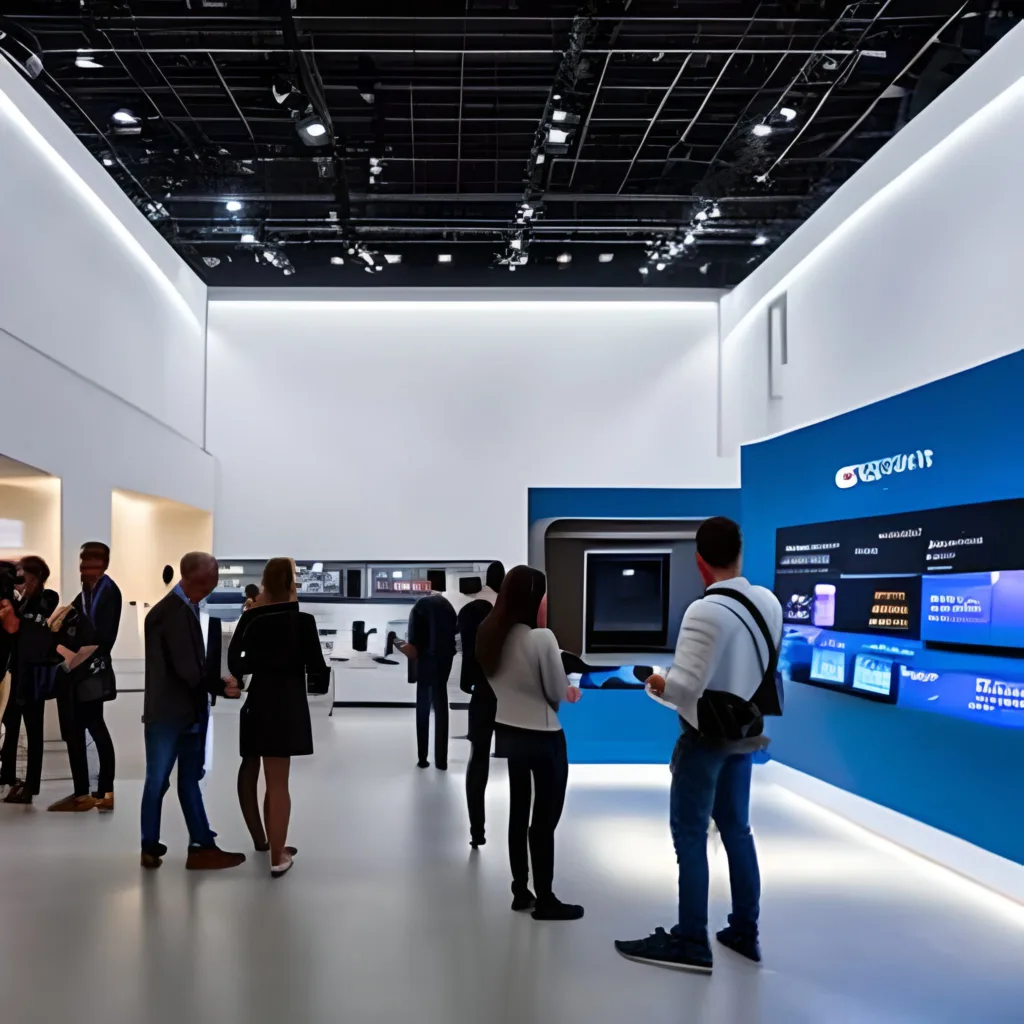In today’s fast-paced business environment, networking and lead generation have become integral components of any successful event. Exhibitors invest significant amounts of time and money to showcase their products and services at events, with the primary goal of generating leads and expanding their customer base.
However, manually tracking and managing lead information can be a daunting task, leading to missed opportunities and lost revenue. One of the most critical tools for exhibitors at trade shows and events is lead retrieval technology.
Exhibitor lead retrieval technology saves time, increases efficiency, provides more accurate data, improves follow-up, and gives exhibitors a competitive advantage. Additionally, it provides real-time data and is more sustainable than traditional methods of lead capture.
In this blog post, we will explore why exhibitor lead retrieval technology is essential and how it can help businesses succeed at trade shows and events.
What is Exhibitor Lead Retrieval Technology?
Exhibitor lead retrieval technology is a tool that allows exhibitors to capture and manage leads at trade shows and events efficiently. It usually comes in the form of an app or device that exhibitors can use to scan the badges of attendees they meet at the event.
The information is then collected and stored in a digital format, making it easy for exhibitors to organise and follow up with leads after the event.
Why is Lead Retrieval Technology Essential?
In today’s highly competitive and technology-driven business environment, exhibitors need to leverage every possible advantage to stay ahead of the game. Lead retrieval technology provides an efficient and effective way to capture and manage leads.
By investing in lead retrieval technology, businesses can increase their ROI and build stronger relationships with potential customers.
Here are 6 reasons why lead retrieval technology is essential for exhibitors and events, and how it can help streamline the lead capture process.
1. Increased Efficiency
Exhibitor lead retrieval technology saves time and increases efficiency by automating the lead capture process. Exhibitors no longer need to manually collect contact information or sort through stacks of business cards. Instead, they can quickly scan a badge and move on to the next potential lead.
2. More Accurate Data
With lead retrieval technology, exhibitors can capture more accurate data about potential leads. The technology captures data directly from the attendee’s badge, reducing the risk of data entry errors or typos. This makes it easier for exhibitors to follow up with leads and ensures that they have accurate contact information.
3. Improved Follow-up
Exhibitor lead retrieval technology makes it easy to follow up with potential leads after the event. The data captured can be easily exported to a CRM or marketing automation system, making it easy to create targeted follow-up campaigns. This increases the likelihood of converting leads into customers and helps exhibitors maximise their return on investment (ROI).
4. Competitive Advantage
Using lead retrieval technology can give exhibitors a competitive advantage over other exhibitors who are still using manual methods of lead capture. By using technology, exhibitors can demonstrate to potential customers that they are forward-thinking and innovative, which can help to build credibility and trust.
5. Real-Time Data
Lead retrieval technology also provides exhibitors with real-time data about their leads. This means that they can track how many leads they have captured, which sessions or areas of the event are generating the most interest, and which types of attendees are most engaged with their products or services.
This information can be used to make adjustments to their marketing strategy in real time and improve their overall performance at the event.
6. Sustainability
Using lead retrieval technology is also more sustainable than traditional methods of lead capture. Exhibitors no longer need to print out stacks of business cards or brochures, which can end up being discarded after the event. Instead, all the information is stored digitally, reducing paper waste and environmental impact.

